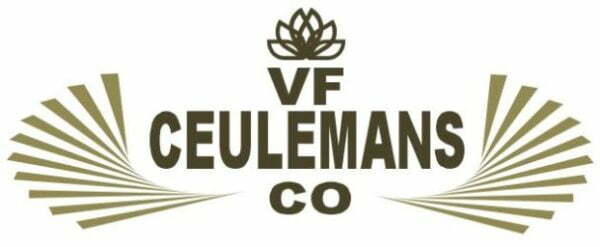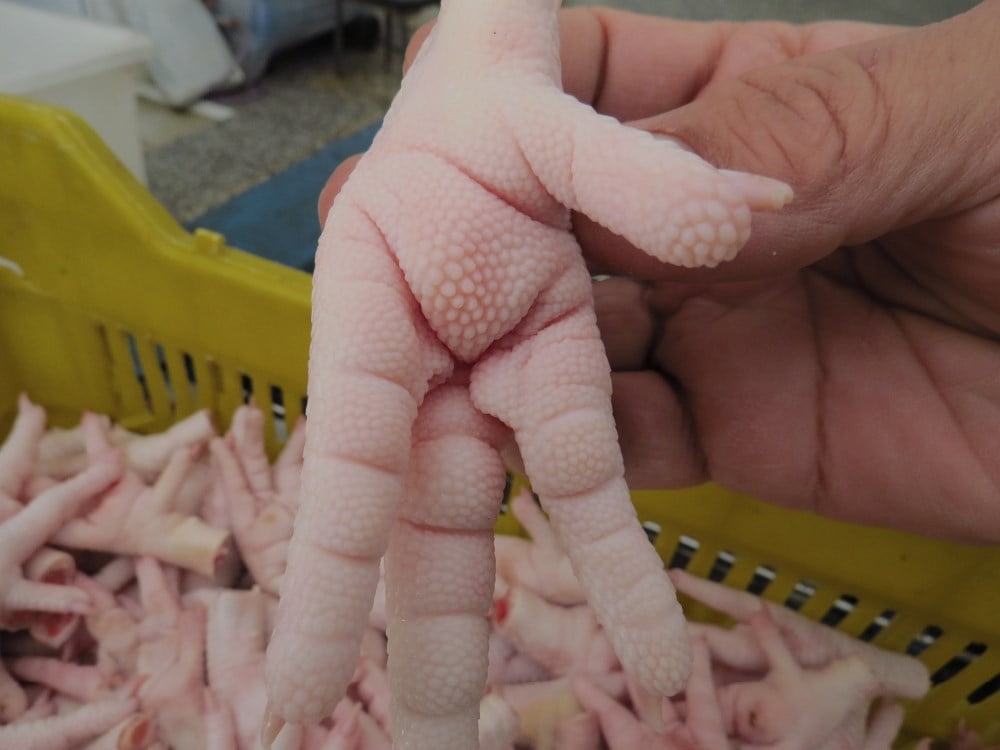Introduction
Chicken feet and chicken paws, often overlooked in Western cuisine, have become commodities of increasing value across global markets. From gourmet delicacies in Asia to nutritional supplements and pet food ingredients in Europe and North America, the demand Buy Chicken Feet online and paws has surged significantly. This article explores the global dynamics surrounding the possession and distribution of chicken feet and chicken paws, highlighting their cultural significance, commercial value, trade regulations, and sustainability.
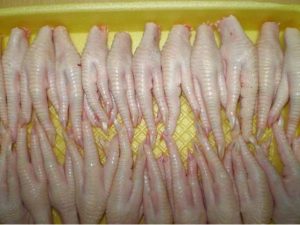
1. Understanding the Difference: Buy Chicken Feet online vs Chicken Paws
Though often used interchangeably, chicken feet and chicken paws are technically different in poultry processing terminology.
-
Chicken Feet refer to the whole lower leg of the chicken, including the hock joint.
-
Chicken Paws, a term commonly used in export markets like China, specifically refer to the part below the hock, considered more refined and premium.
Both are rich in collagen and gelatin, making them prized in culinary and pharmaceutical industries.
2. Global Demand and Cultural Relevance
Asia: A Culinary Staple
In countries like China, Vietnam, Thailand, and the Philippines, Buy Chicken Feet online and paws are culinary delicacies. They are used in dim sum dishes, soups, braised meals, and street food.
-
China is the largest importer of chicken paws globally, with millions of metric tons consumed annually.
-
Traditional Chinese medicine also considers chicken feet beneficial for skin and joint health due to high collagen content.
Africa and the Caribbean
In nations like South Africa, Nigeria, Jamaica, and Trinidad and Tobago, chicken feet—sometimes referred to as “runaways”—are commonly cooked in stews or grilled.
-
Chicken feet are seen as an affordable protein source for low-income families.
-
Cultural significance ties back to ancestral cooking traditions.
United States and Latin America
In Mexico, Colombia, and Brazil, chicken feet are used in broths and soups for their rich flavor and nutrients.
Meanwhile, in the U.S., the growing Asian and Hispanic populations have fueled domestic consumption, though most chicken feet are still exported.
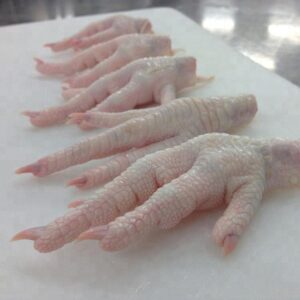
3. Leading Producers and Exporters
United States
The U.S. poultry industry processes billions of chickens annually, with chicken feet often treated as a byproduct.
-
With increasing demand from Asia, particularly China and Hong Kong, the U.S. has capitalized on exporting chicken paws.
-
After the 2019 U.S.-China trade deal, chicken paw exports resumed after years of ban due to avian influenza concerns.
Brazil
As one of the top chicken exporters globally, Brazil supplies chicken feet and paws to Asia, the Middle East, and Africa.
-
Its industry is highly regulated and maintains compliance with halal certifications, enabling broader market access.
Thailand & Vietnam
These countries are both consumers and exporters. The rise of food processing industries and value-added products (like marinated or frozen paws) has increased exports to Europe and Australia.
4. Distribution Channels and Trade Logistics
Supply Chain Overview
-
Collection – Feet and paws are collected during poultry processing.
-
Processing – Cleaned, peeled, and sometimes boiled, then flash frozen.
-
Packaging – Vacuum-sealed or bulk-packed for export.
-
Export/Import – Shipped in refrigerated containers.
-
Retail – Sold to wholesalers, restaurants, or directly to consumers via supermarkets.
Key Distribution Hubs
-
Port of Savannah (USA)
-
Port of Santos (Brazil)
-
Shanghai and Shenzhen Ports (China)
These ports facilitate high-volume international poultry trade.
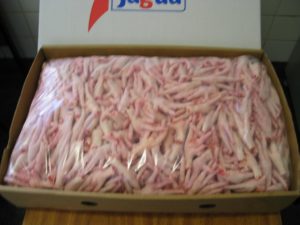
5. Legal Regulations and Compliance
Food Safety Standards
Possession and distribution are subject to national and international food safety standards.
-
In the U.S., the USDA Food Safety and Inspection Service (FSIS) regulates the processing and export.
-
The EU and China have strict import protocols, including veterinary certification and residue testing.
Trade Regulations
-
Tariffs and quotas influence pricing and accessibility.
-
Health concerns, such as avian flu outbreaks, can lead to temporary bans and restrictions.
Illegal Trade
While legal trade is robust, illegal smuggling of chicken feet into countries with restricted imports (due to health or political reasons) has been reported. Governments have increased customs checks and imposed harsh penalties on violators.
6. Economic Impact of Chicken Feet Distribution
Revenue Generation
What was once considered waste now contributes billions in revenue to poultry processors.
-
The average price per ton of chicken paws ranges from $1,000 to $2,000 depending on quality and country of origin.
-
Processors increase profit margins by maximizing every part of the chicken, minimizing waste.
Employment Opportunities
The chicken feet supply chain creates jobs in:
-
Poultry processing plants
-
Cold storage logistics
-
Export agencies
-
Retail and foodservice sectors
7. Sustainability and Byproduct Utilization
Chicken feet play a vital role in sustainable meat processing. Instead of discarding these parts:
-
They are used for human consumption in gourmet and traditional dishes.
-
Rendered into pet food, livestock feed, or fertilizers.
-
Extracted for collagen supplements in the beauty and pharmaceutical industries.
By fully utilizing the animal, poultry producers improve sustainability while meeting global demand.
8. Market Trends and Future Outlook
Collagen Boom
Demand for natural collagen products is growing, especially in cosmetics and anti-aging supplements. Chicken feet are a primary source.
-
The market for collagen is expected to reach $8 billion by 2030, increasing chicken foot processing.
Rising Middle-Class Demand
As incomes rise in emerging markets, consumers seek nutrient-rich traditional dishes.
-
Chicken paws are moving from “cheap protein” to “premium culinary item.”
E-Commerce Growth
Frozen chicken feet are now sold through online platforms and ethnic marketplaces globally.
-
This digital transformation enhances accessibility for diaspora communities.
9. Challenges in the Global Supply Chain
Despite its value, the chicken feet industry faces hurdles:
-
Health concerns from avian flu outbreaks can disrupt trade.
-
Cultural barriers in Western countries slow domestic acceptance.
-
Cold chain logistics require advanced infrastructure to maintain freshness.
-
Geopolitical tensions can influence export bans, tariffs, or policy changes.
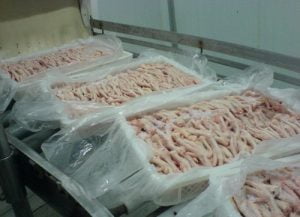
10. SEO Keywords for Chicken Feet Trade
If you are targeting this niche market online, use relevant SEO keywords such as:
-
Buy Chicken Paws Online
- Buy Chicken Feet Online
-
Chicken Feet Exporters USA
-
Frozen Chicken Feet Wholesale
-
Chicken Paws for Sale in Bulk
-
Chicken Feet Import Regulations
-
Halal Chicken Paws Export
-
Chicken Feet Collagen Supplier
-
Processed Chicken Feet Distribution
-
Chicken Paws Trade Market Trends
-
Where to Buy Chicken Feet for Cooking
The possession and distribution of chicken feet and chicken paws represent a multi-billion-dollar industry connecting continents, cultures, and economies. What was once discarded as waste is now a prized culinary and commercial commodity. From street vendors in Manila to fine-dining chefs in Shanghai and beauty supplement companies in Europe, the reach of chicken feet spans the globe.
With increasing consumer awareness, rising demand for sustainable meat processing, and the health benefits of collagen-rich foods, the future of the chicken paws trade looks promising. However, industry players must navigate complex regulations, ensure biosecurity, and embrace innovation in cold chain logistics to thrive in this global market.
🐔 What Are Chicken Feet and Chicken Paws?
Though commonly grouped together, there’s a key difference:
-
Chicken feet include the lower leg and hock.
-
Chicken paws are the part below the hock—preferred in Asian markets for their clean appearance and texture.
📸 [Insert Image: Labeled comparison of chicken feet vs chicken paws]
🌏 Cultural Significance Around the World
🥢 Asia: From Dim Sum to Medicinal Use
-
China is the top consumer, importing over 500,000 tons annually.
-
Rich in collagen, chicken feet are used in broths, braises, and as skin-boosting snacks.
🔥 Africa & the Caribbean
-
Known as “runaways,” they’re grilled, stewed, or fried in South Africa, Ghana, and Jamaica.
🇲🇽 Latin America & USA
-
Used in traditional soups like caldo de pollo in Mexico and Colombia.
-
Growing popularity in the U.S. among ethnic communities.
🌍 Leading Producers and Exporters
🇺🇸 United States
-
One of the largest exporters post-2019 trade deal with China.
-
USDA-compliant, often frozen and vacuum-packed.
🇧🇷 Brazil
-
Exports large quantities to the Middle East and Asia.
-
Complies with halal standards for wider market access.
🇹🇭 Thailand & 🇻🇳 Vietnam
-
Process, package, and export to Europe, Australia, and Japan.
📸 [Insert Image: Frozen chicken paws in industrial packaging]
🚚 How Chicken Feet & Paws Travel: The Supply Chain
-
Harvesting during poultry processing
-
Cleaning & peeling mechanically
-
Flash freezing for preservation
-
Shipping in refrigerated containers
-
Retail or wholesale distribution
🧊 Cold chain infrastructure is crucial for quality retention.
⚖️ Legal Compliance & Trade Regulations
-
USDA (USA) and AQSIQ (China) enforce food safety.
-
Import bans may occur during bird flu outbreaks.
-
Illegal trade persists in some countries due to local bans.
👉 Related article: Understanding USDA Export Compliance
💵 Economic Value of Chicken Feet
-
Prices range from $1,000 to $2,000 per metric ton.
-
For processors, paws mean profit: turning waste into revenue.
-
Support jobs in logistics, agriculture, and retail sectors.
📈 Exporters now treat paws as high-value products, not leftovers.
🌱 Sustainability & Full-Animal Use
Chicken feet play a role in eco-friendly meat processing:
-
Pet food industry uses ground chicken paws.
-
Beauty brands extract collagen for skincare.
-
Fertilizer and bone meal products made from byproducts.
♻️ Using every part of the chicken supports a circular economy.
🔮 Future Market Trends
Collagen Supplements Surge
-
Collagen demand = $8B market by 2030
-
Chicken paws are rich in natural collagen.
E-Commerce & Online Poultry Trade
-
Chicken feet now sold via Alibaba, Amazon, and ethnic e-stores.
Increased Global Consumption
-
Middle-class growth fuels more demand in Asia and Africa.
📸 [Insert Image: Packaged chicken paws in an online store screenshot]
⚠️ Challenges in the Distribution Chain
-
Disease outbreaks (e.g., Avian Influenza) halt trade.
-
Cultural aversion in Western markets limits local growth.
-
Shipping delays affect frozen product integrity.
-
Geopolitical conflicts can lead to sudden policy changes.
🔍 Top SEO Keywords for This Industry
To rank high in search engines, use phrases like:
-
Buy Chicken Paws Online
-
Frozen Chicken Feet Wholesale
-
Chicken Feet Exporters USA
-
Halal Chicken Paws for Sale
-
Chicken Feet for Cooking Recipes
-
Collagen from Chicken Feet
-
Chicken Paws Trade Market
-
Processed Chicken Feet Suppliers
-
Chicken Feet in Chinese Cuisine
-
Chicken Feet Pet Food Ingredients
👉 Optimize your listings with location keywords like “Chicken Paws USA” or “Buy Chicken Feet in Germany.”
✅ Conclusion
Chicken feet and chicken paws have grown from regional delicacies to globally traded commodities. They’re culturally significant, nutritionally rich, and economically valuable. From bustling Chinese markets to U.S. processing plants and Brazilian farms, the chicken paw trade is a remarkable example of how every part of an animal can serve a purpose.
As the world leans into sustainable meat processing, collagen-rich diets, and cross-cultural cuisine, the humble chicken foot is finding new respect—and new markets—worldwide.
